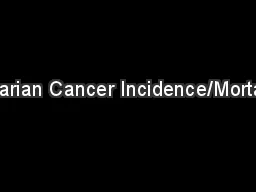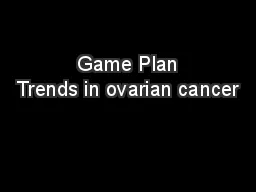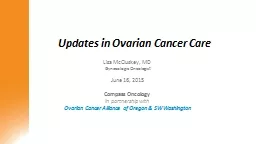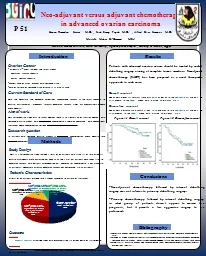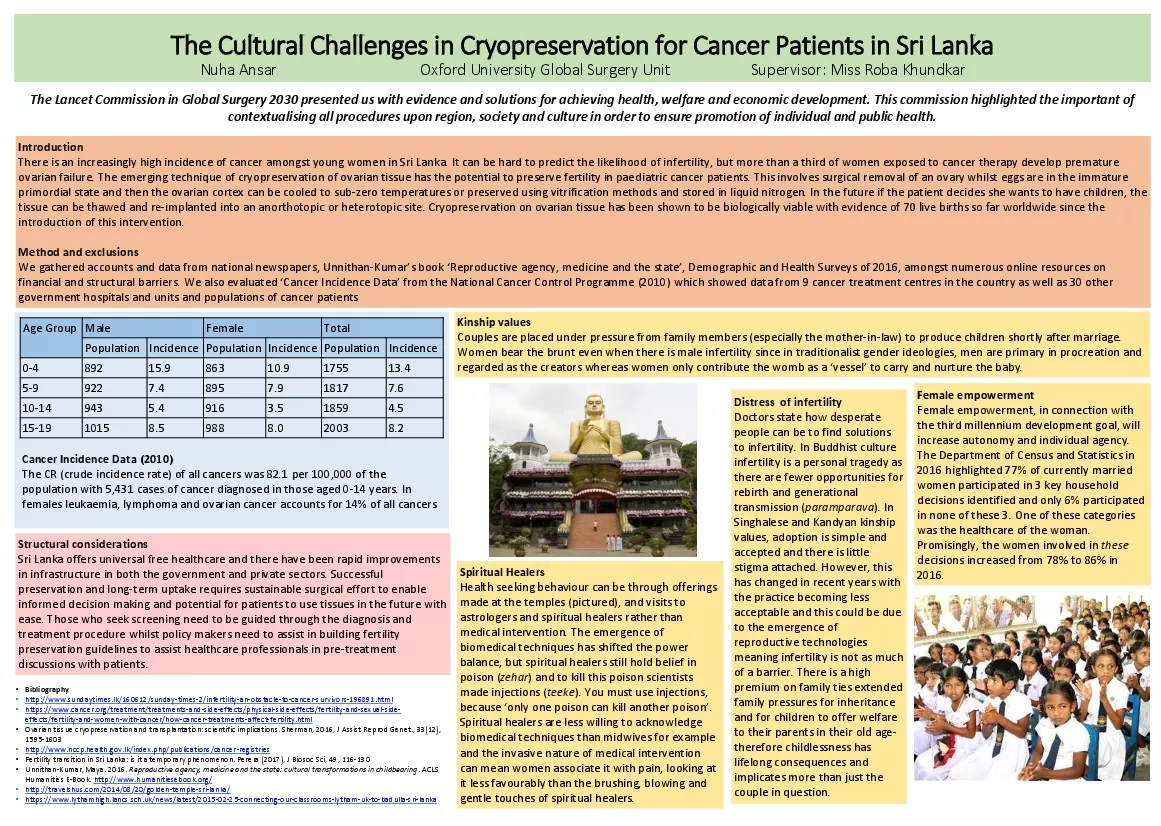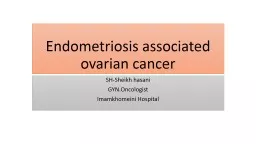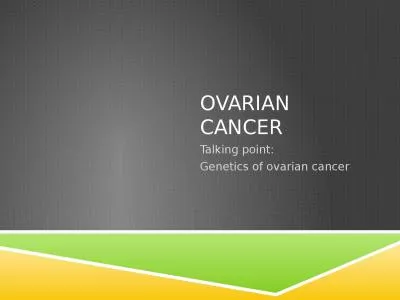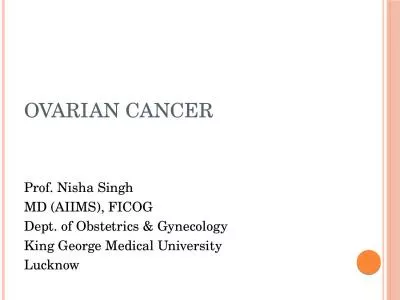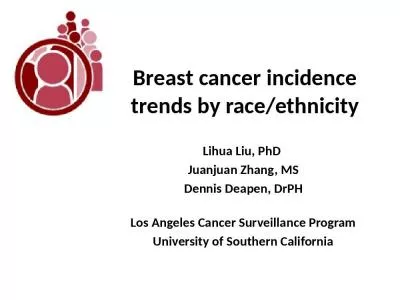PPT-Ovarian Cancer Incidence/Mortality
Author : kittie-lecroy | Published Date : 2020-04-10
Improvement in 5 Year Survival Race 1975 1989 2014 All 36 38 47 White 35 38 48 African American 42 34 39 Noone AM Howlader N Krapcho M et al eds SEER Cancer Statistics
Presentation Embed Code
Download Presentation
Download Presentation The PPT/PDF document " Ovarian Cancer Incidence/Mortality" is the property of its rightful owner. Permission is granted to download and print the materials on this website for personal, non-commercial use only, and to display it on your personal computer provided you do not modify the materials and that you retain all copyright notices contained in the materials. By downloading content from our website, you accept the terms of this agreement.
Ovarian Cancer Incidence/Mortality: Transcript
Download Rules Of Document
" Ovarian Cancer Incidence/Mortality"The content belongs to its owner. You may download and print it for personal use, without modification, and keep all copyright notices. By downloading, you agree to these terms.
Related Documents

